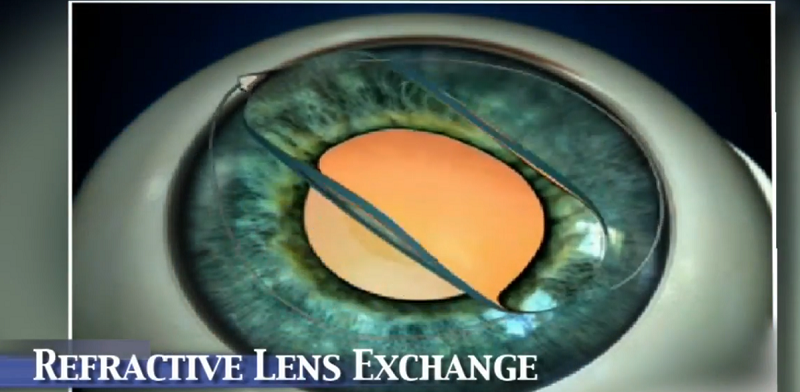As we get older, our eyes go through age-related changes. They often change around 40 and, again, once we are in our 60s. LASIK for older people is not always the best option to correct vision problems. The eyes tend to be their healthiest from the time we are 19 to around 40.
After 40, changes in the eye could no longer make you an ideal candidate for LASIK eye surgery. Fortunately, LASIK is not the only treatment for aging eyesight. Thanks to advances in lasers, lenses, and other technologies, there are several different potential options available to correct your vision as you get older.
Yet, even after age 40, you may still be a candidate for LASIK if you meet certain qualifications. If you have a refractive condition, such as nearsightedness or astigmatism, then LASIK could still be possible—although you would need to have general overall healthy eyes and your prescription would need to be stable.
What if I Am No Longer a Candidate for LASIK Laser Eye Surgery?
If you don’t want to age gracefully and rely on glasses or worry about dealing with contacts to see clearly, you have several laser eye surgery options available, including:
1. Implantable Collamer Lens (ICL)
ICL is a laser eye surgery when an implantable contact lens is inserted into the eye to correct vision problems. The contact lens can correct nearsightedness, farsightedness, and astigmatism. The lens is permanently installed so there is no need to take it out or clean it.
2. Raindrop Presbyopic Inlay
You might have the condition presbyopia, which is common after the age of 40 and affects your near vision, where it is difficult to focus on text and objects when they are close. People with this condition often require reading glasses when using computers, tablets, smartphones, or reading.
The Raindrop Presbyopic Inlay is another type of implantable contact lens for presbyopia. It is well-suited to those aged 40 to 65 who have no other eye vision problems or conditions.
3. Refractive Lens Exchange (RLE)
RLE is another option when you are not a candidate for LASIK after the age of 40. RLE can be used to treat presbyopia, nearsightedness, farsightedness, and early cataract formation. The procedure installs an Intraocular Lens (IOL) in place of your natural lens. The IOL is matched to your vision prescription so that you will be able to see clearly after the laser eye surgery.
There are single vision IOLs, as well as multifocal IOLs if you currently need bifocals. The multifocal IOLs work just like your bifocal glasses. When you look directly ahead, the lens makes distance vision clear. When you look down through the lens, you can clearly see text and other objects up close.
Even though we do get older and our vision can start to change, you still have several different viable options to correct your vision using laser eye surgery.
To learn more about these treatments for aging eyesight and which ones you are an ideal candidate for, please feel free to contact ADV Vision Centers at (805) 987-5300 to schedule a consultation appointment today! We have advanced laser eye surgery centers in San Luis Obispo, Paso Robles, and Santa Maria, CA.









